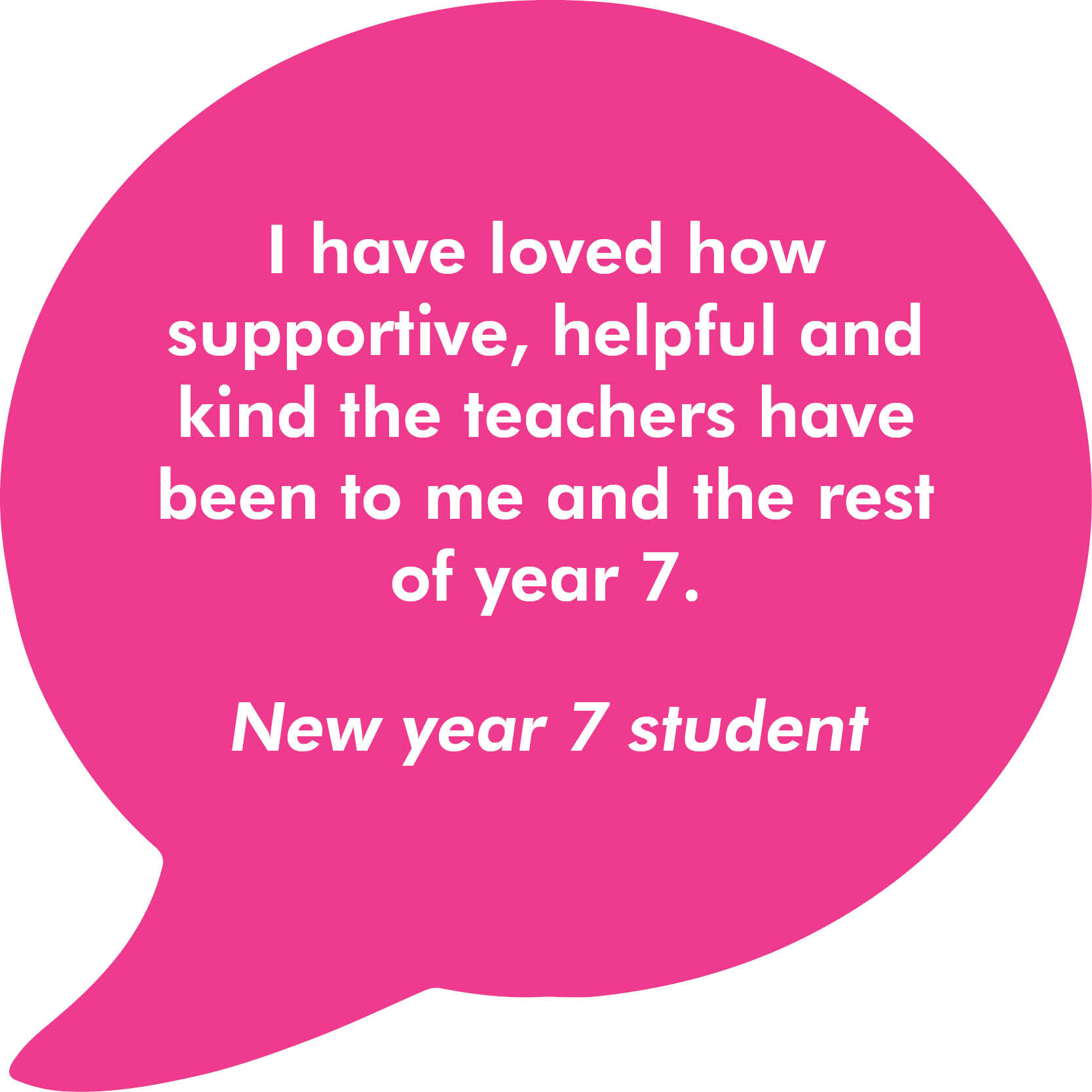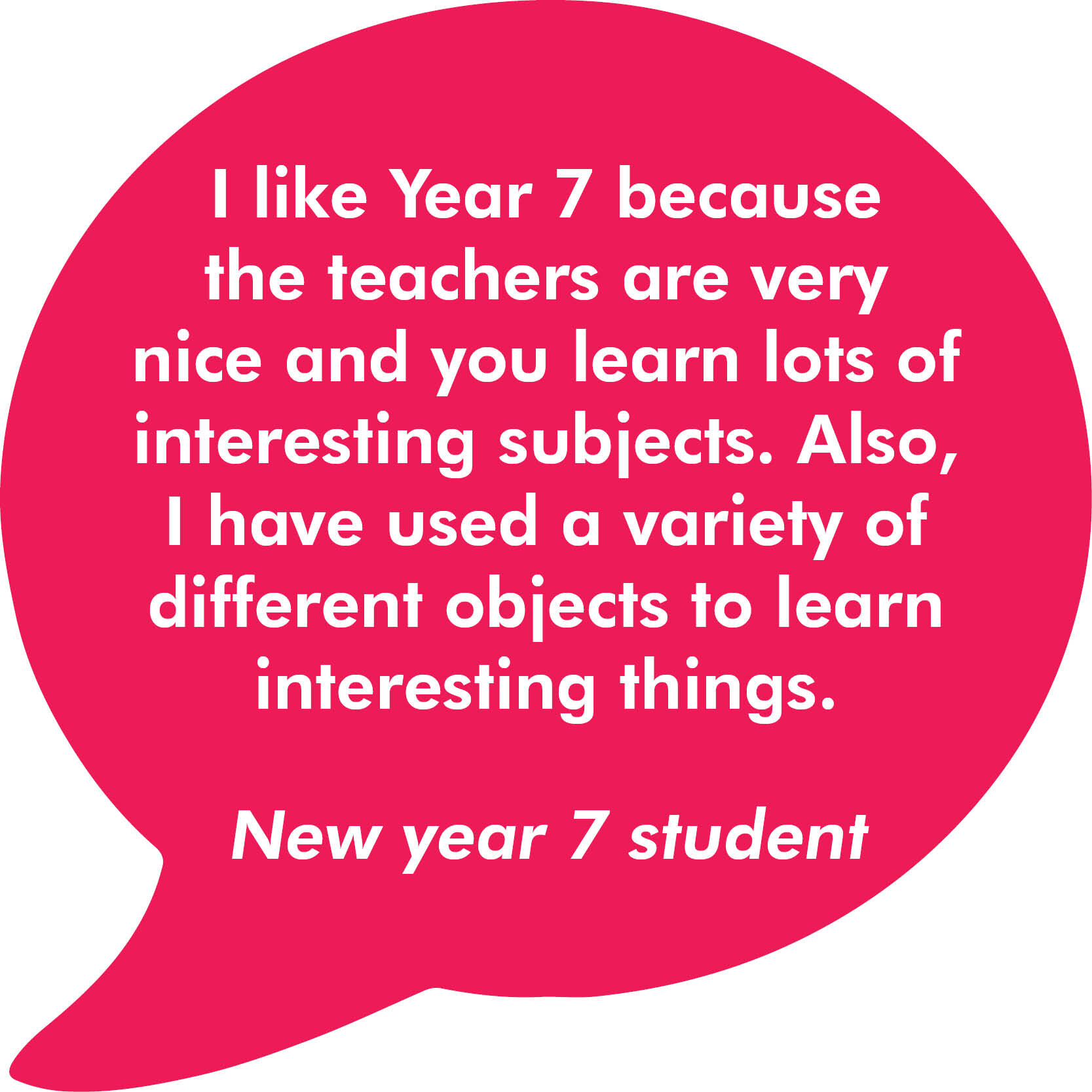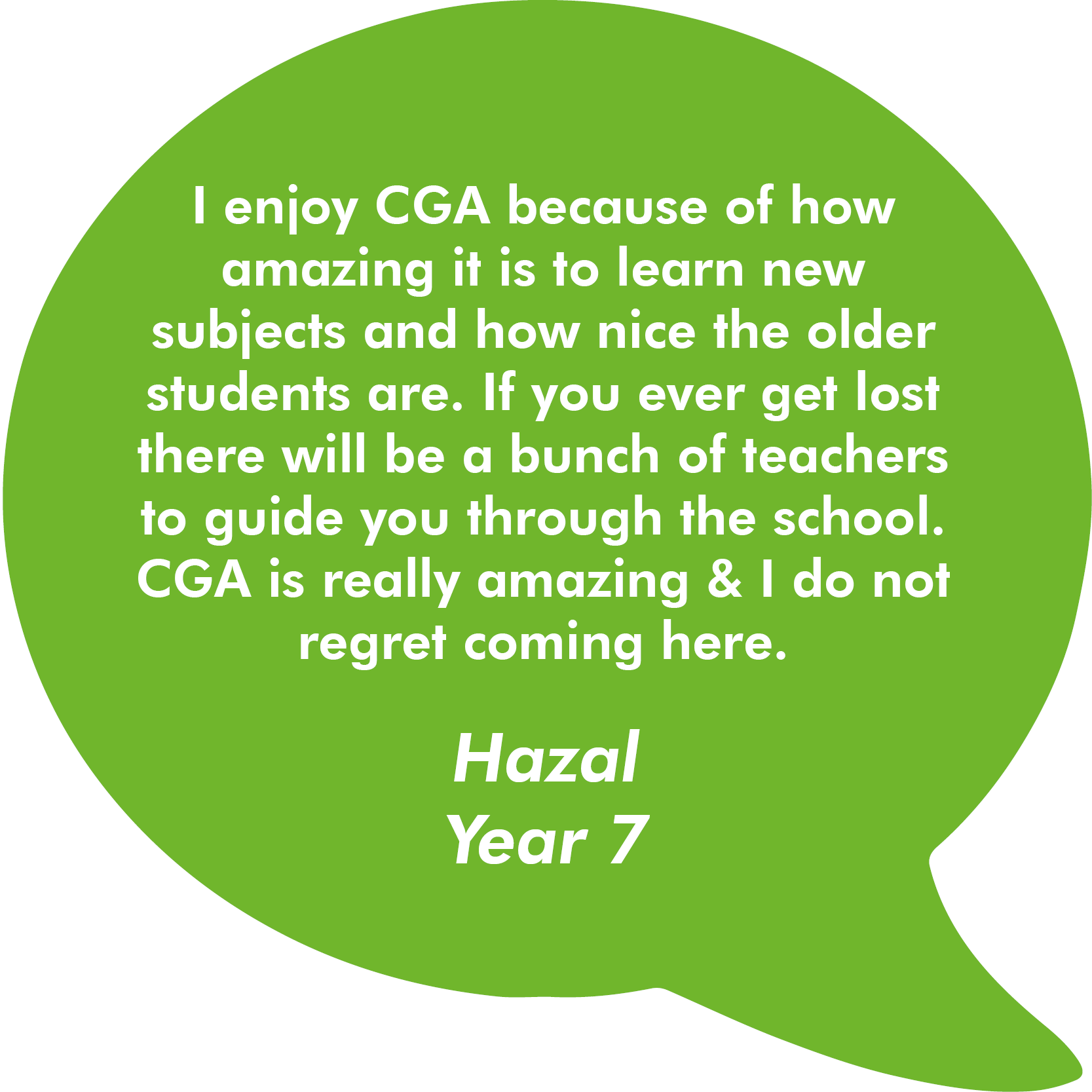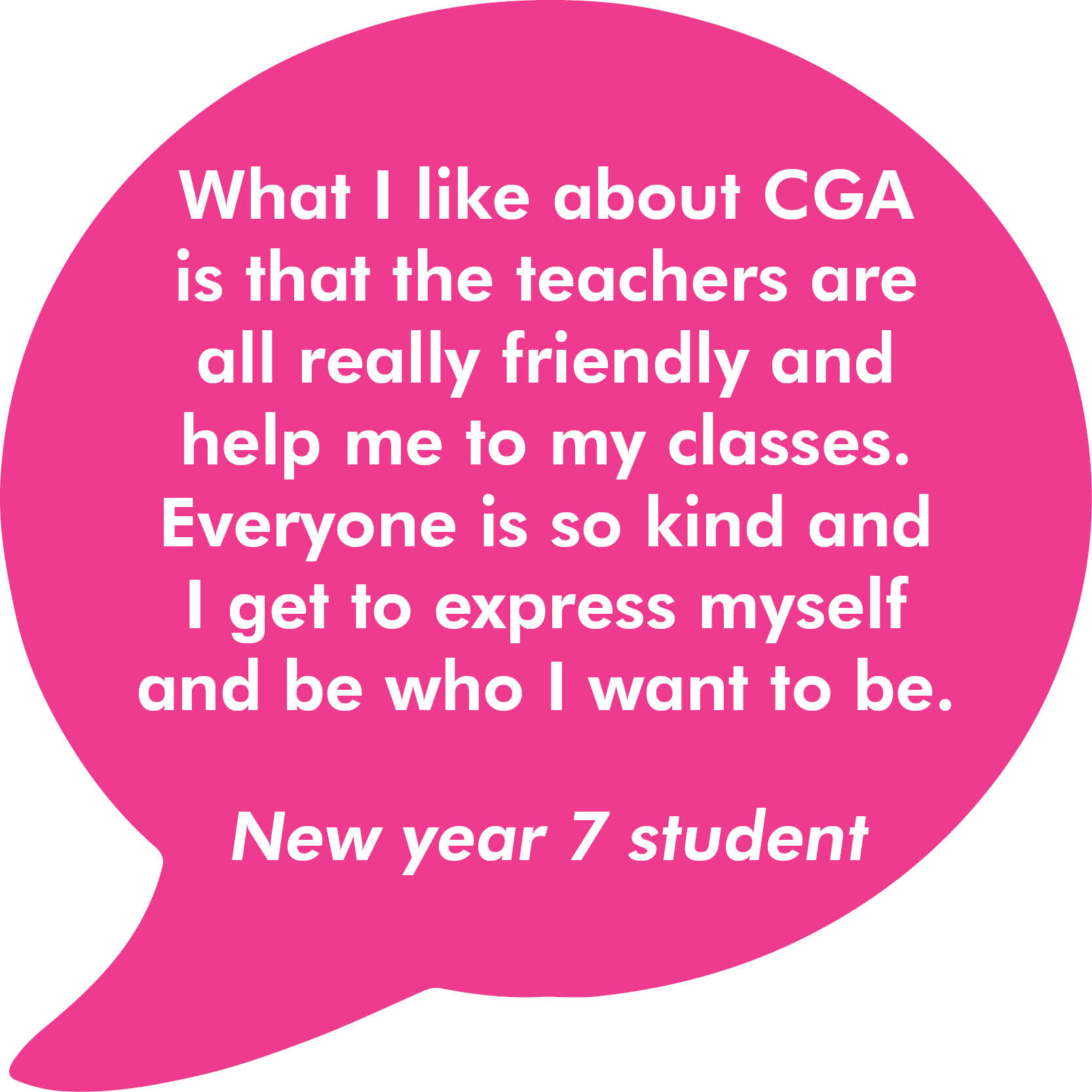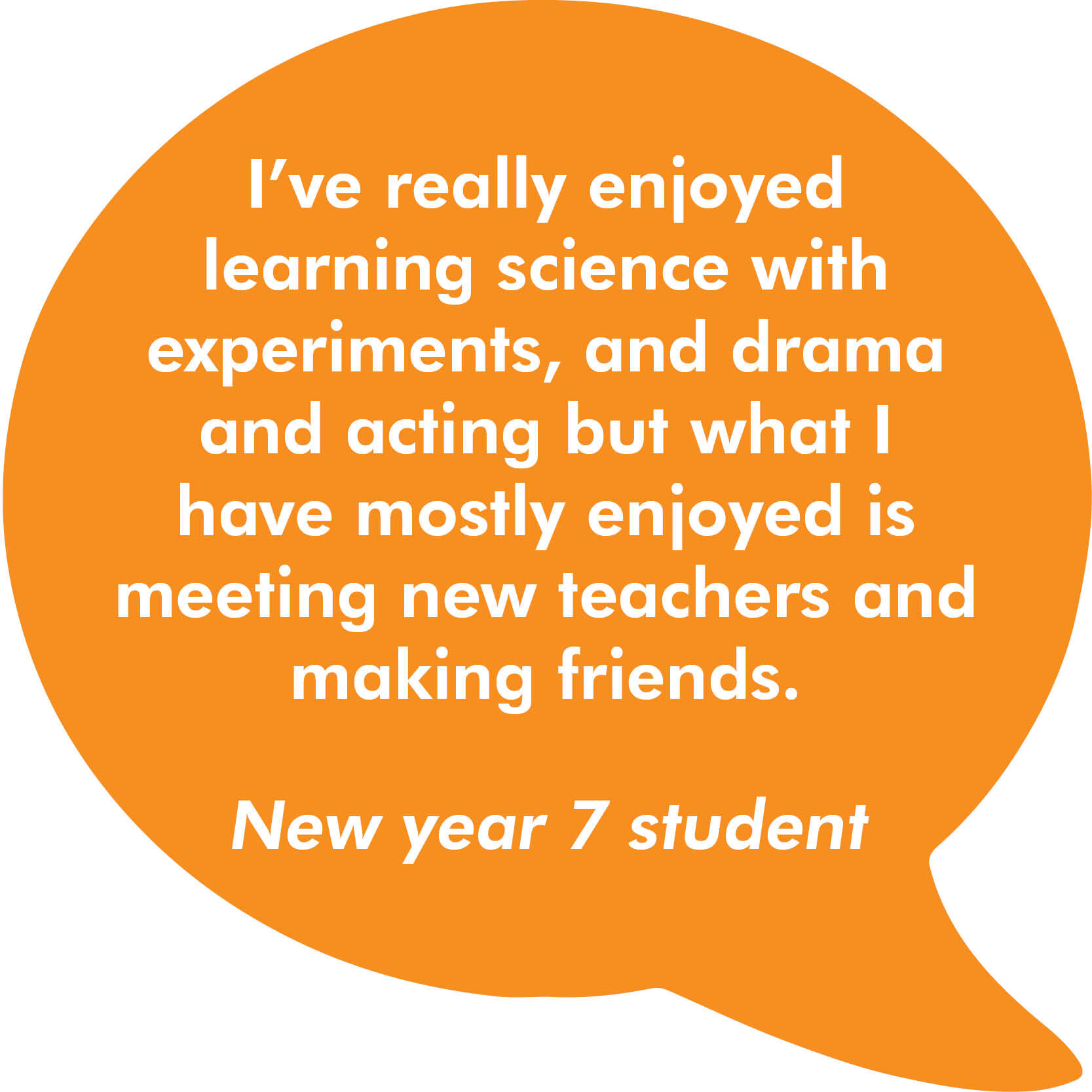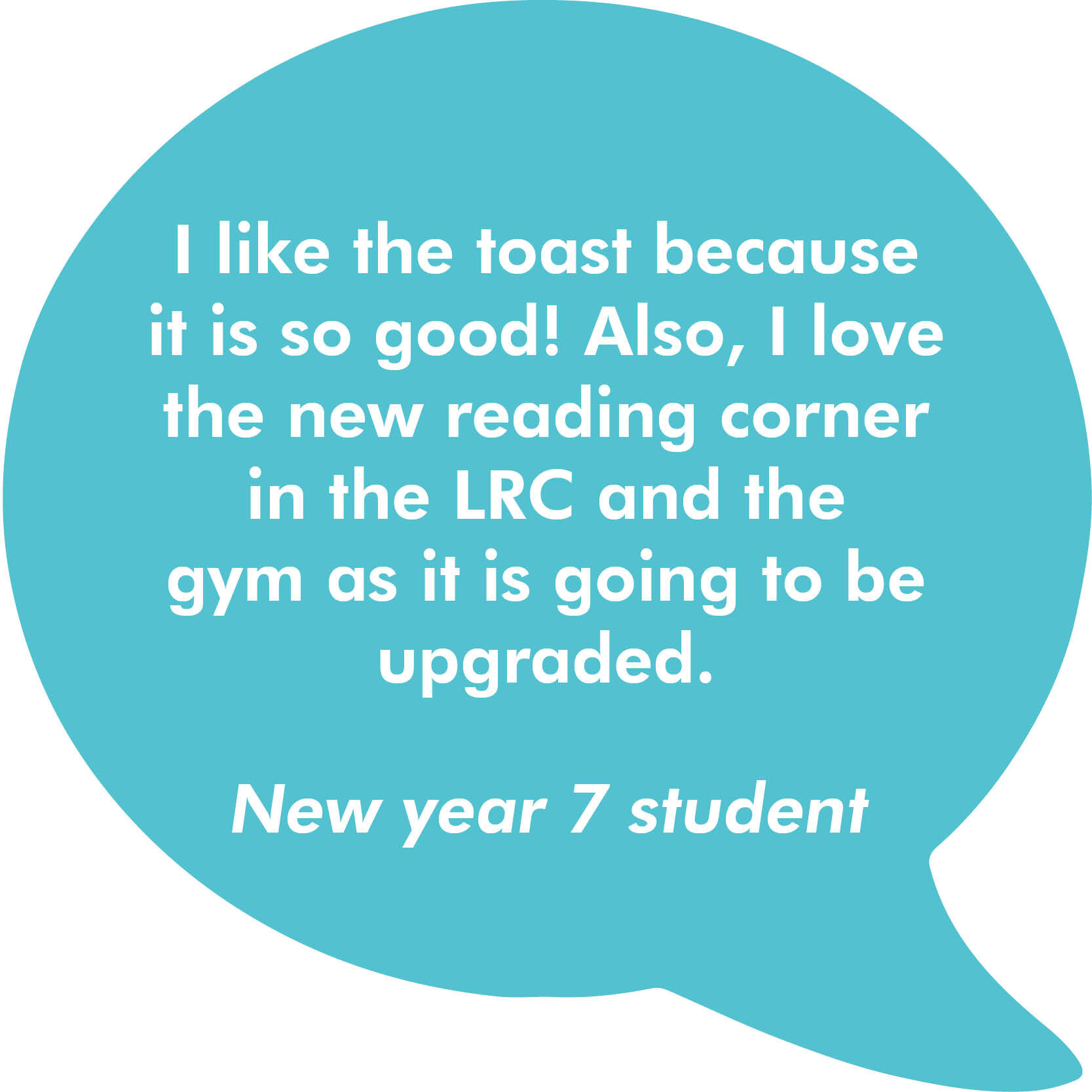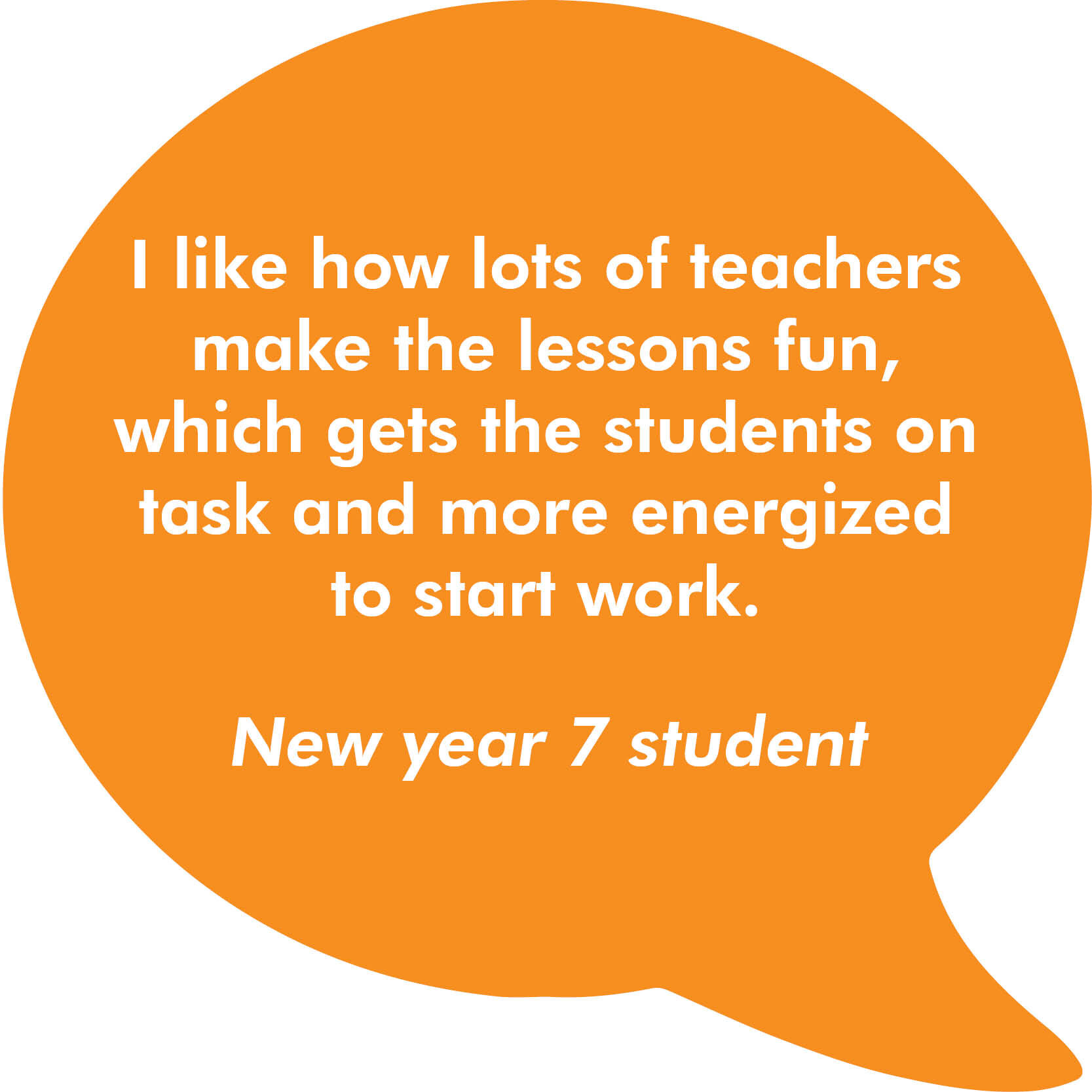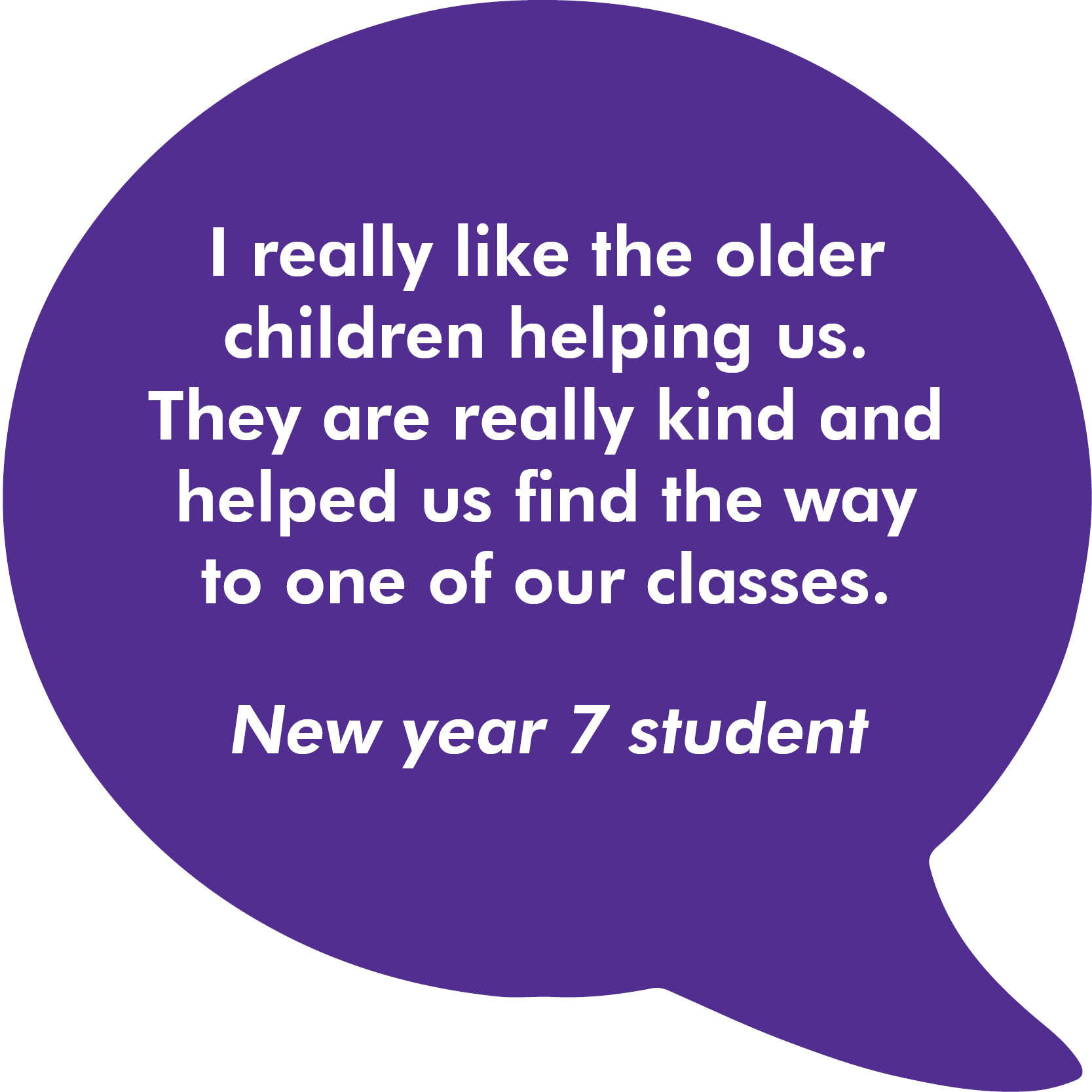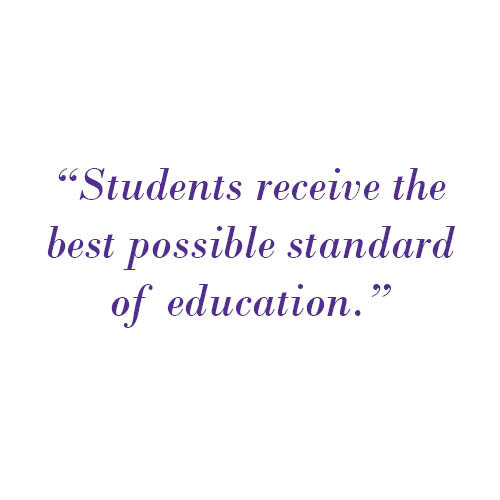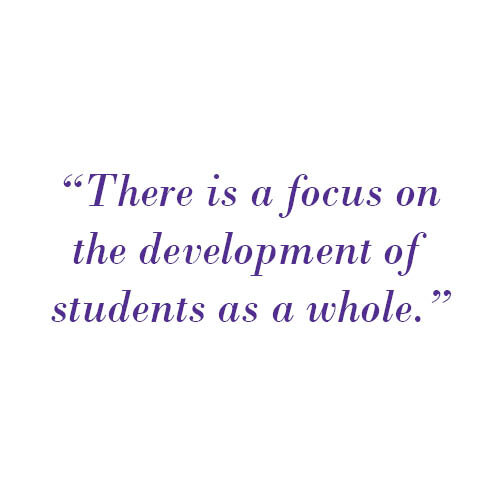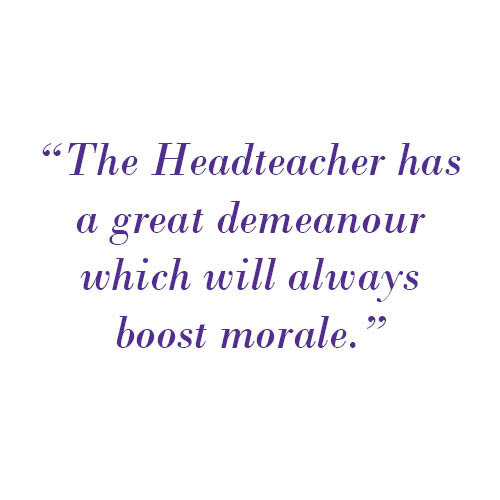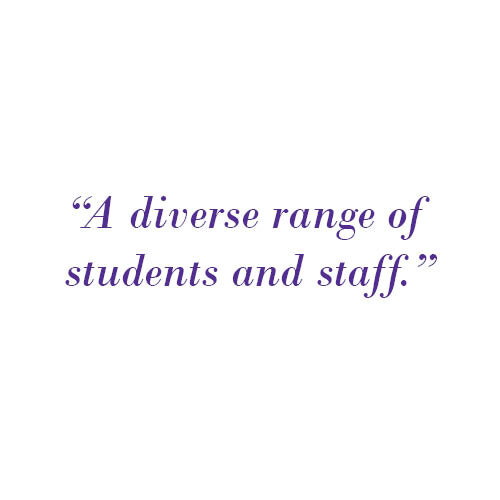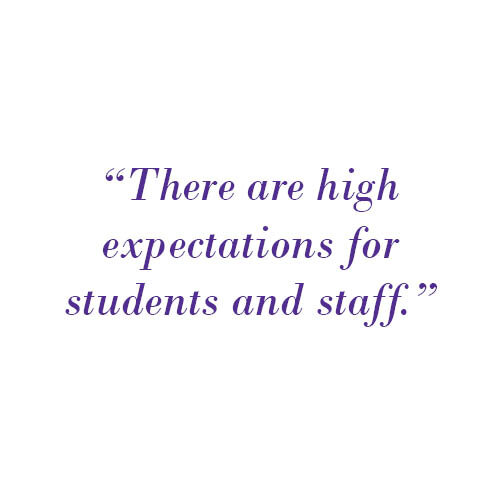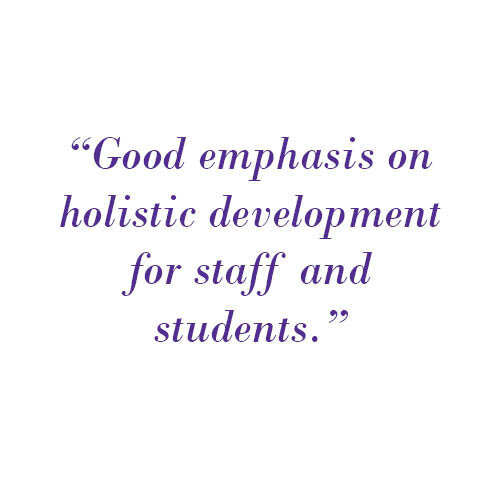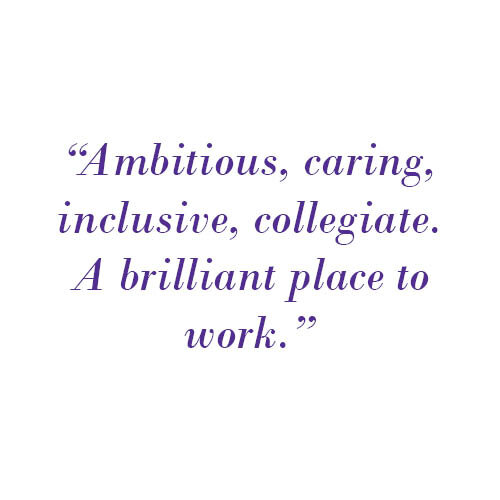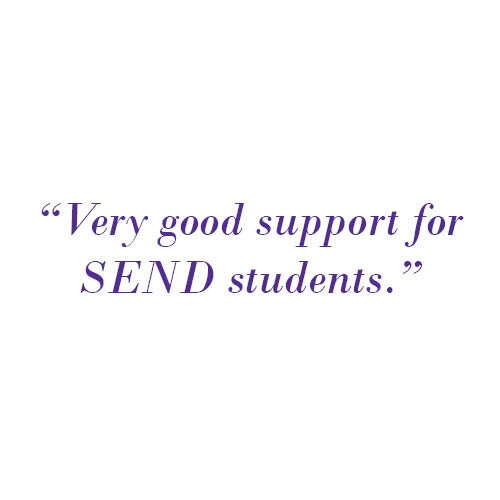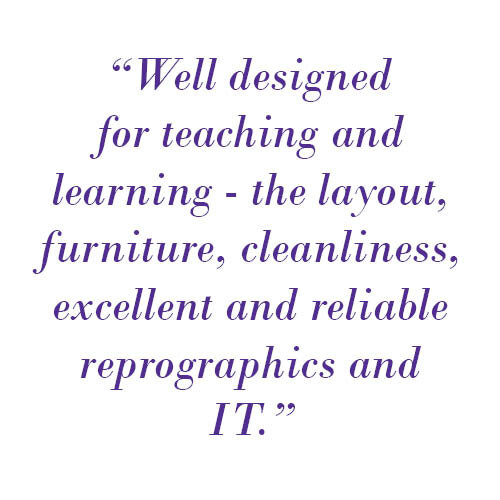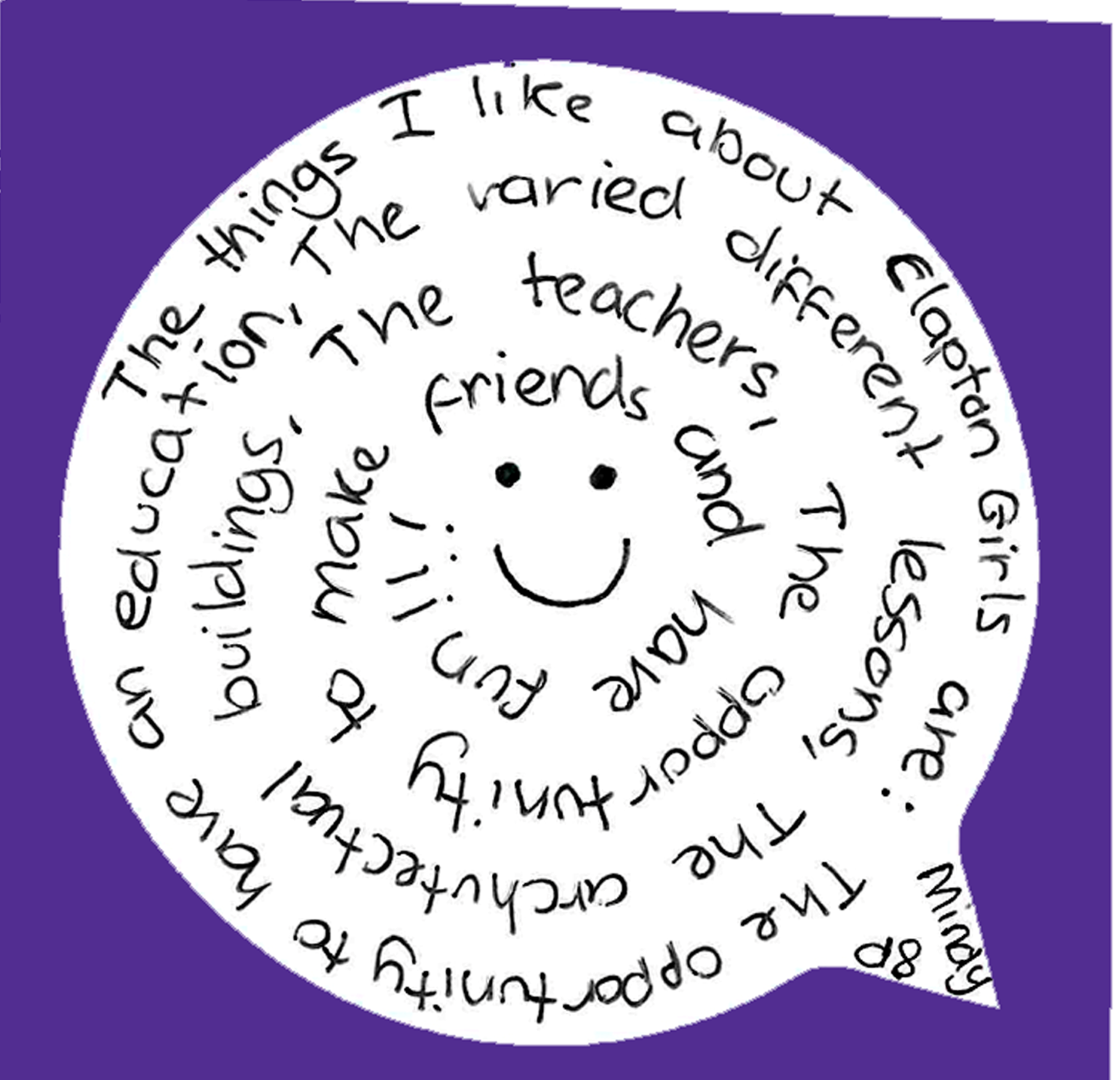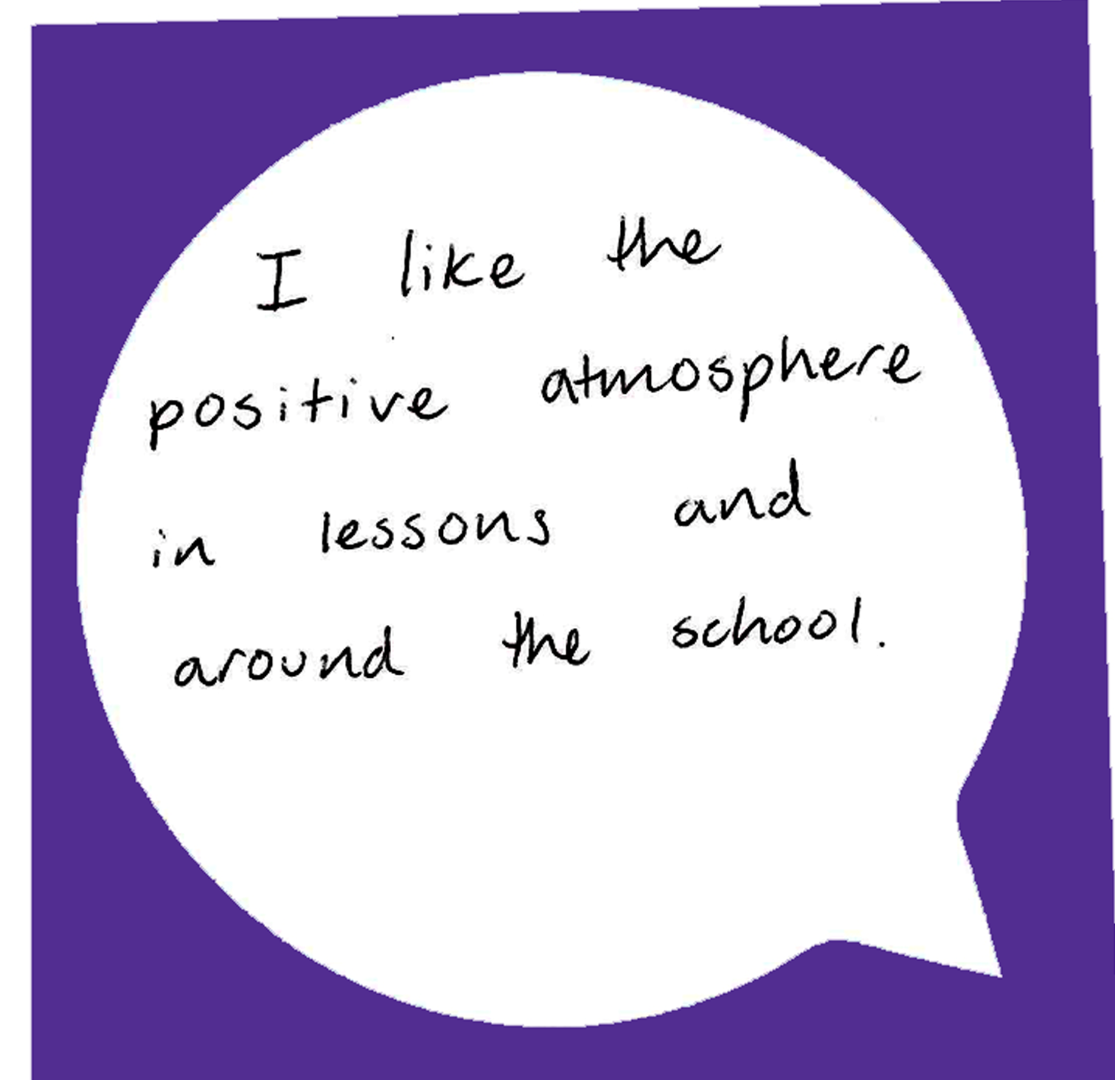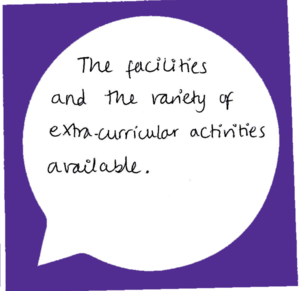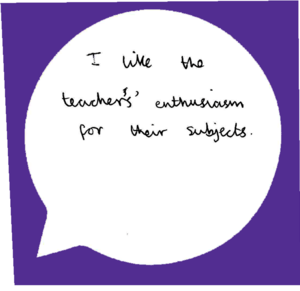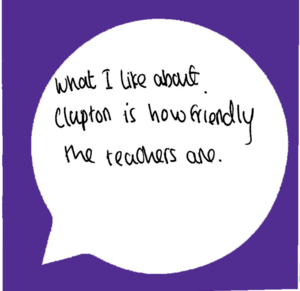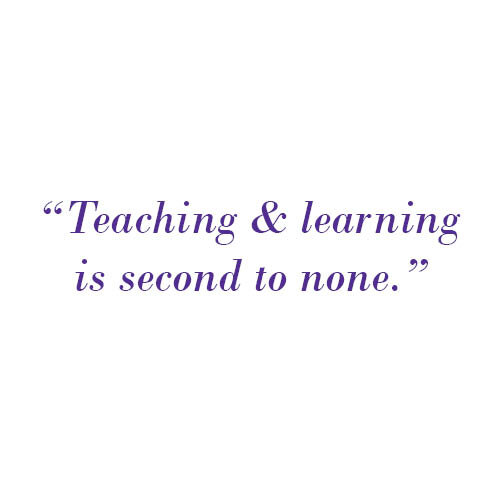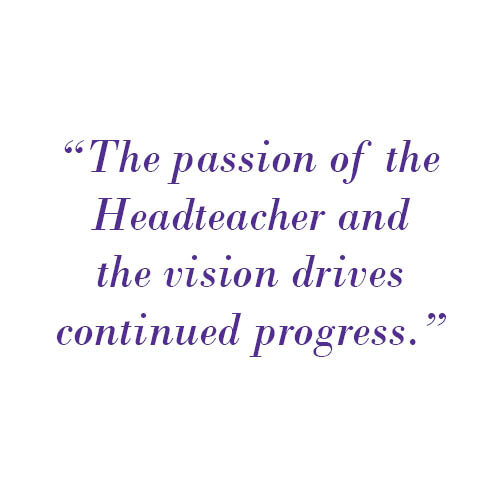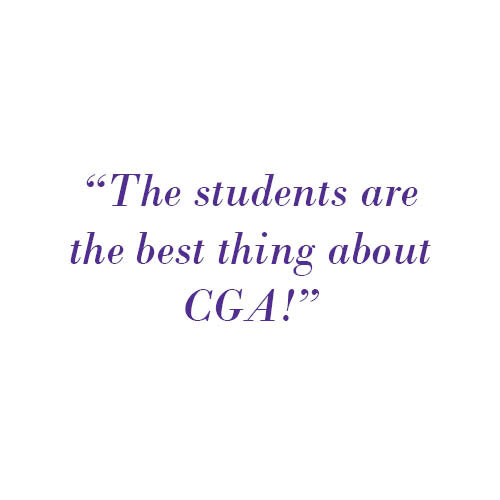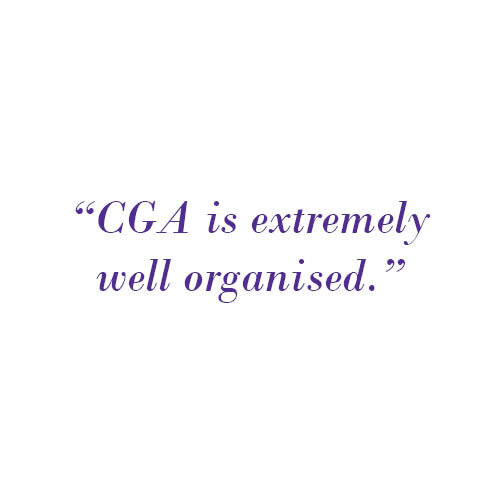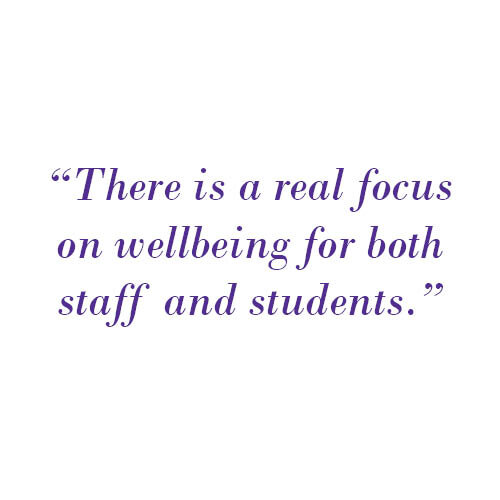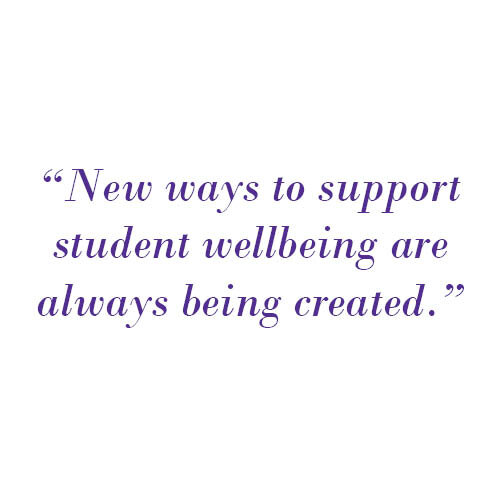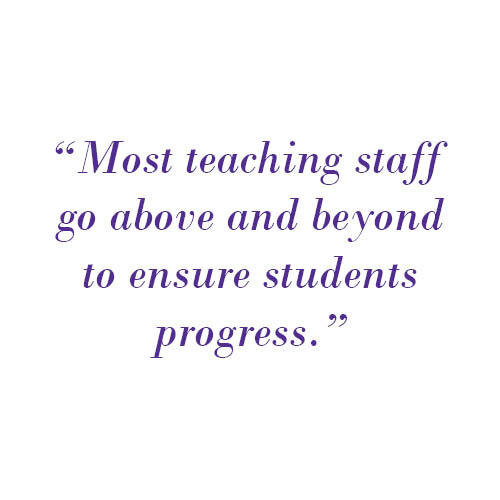Curriculum vision:
Arrive with a dream, leave with a future
The curriculum at Clapton Girls’ Academy rests on our core values of compassion, ambition, integrity and resilience. Our students are empowered with the knowledge, skills and independence to meet their potential to thrive in the next stage of their learning and beyond, regardless of starting point. We want our students to have a deep, broad and powerful foundation of knowledge that prepares them to fully engage as global citizens and agents of change.
At CGA the curriculum:
is sequenced so that it that builds on and returns to prior learning
respects individual subjects as separate academic disciplines that work together
empowers all students to make progress so that they are equipped with the knowledge, skills and independence to succeed
reflects and celebrates the diversity of our student population
Learning
Core knowledge and skills:
Teachers will define the key knowledge (e.g. information, date lines, quotations, terminology) and skills (e.g. sketching in charcoal, bounce passing, map-reading) for a topic. This is the minimum that needs to be known, rehearsed and stored in long-term memory in order for students to master the topic.
Academic vocabulary:
Wide vocabulary is closely related to good reading comprehension; a lack of vocabulary can hinder students’ ability to think, speak, read, comprehend and write about a topic or concept. As a result, all Schemes of Learning will identify the general academic (Tier 2) and subject specific (Tier 3) words students need to access the content and these will be explicitly taught by teachers and stored in students’ long-term memory.
Cultural capital:
A breadth of cultural knowledge and awareness is an important part of success in academic study and later life. This could be described as the essential, assumed prior knowledge that is needed to illuminate or fully understand a topic or concept. Our teachers recognise that our students come from a range of backgrounds and therefore some of this knowledge will need to be explicitly taught.
Metacognition:
Metacognition is the ability to use learning experiences to inform learning tasks. It helps learners choose the right cognitive tool for the task and plays a critical role in successful learning. Examples of metacognitive activities include planning how to approach a learning task, using appropriate skills and strategies to solve a problem, monitoring one’s own comprehension of text, self-assessing and self-correcting in response to self assessment, evaluating progress toward the completion of a task, and becoming aware of distracting stimuli.
Memory:
Learning occurs when changes take place in our long-term memory. Therefore, our curriculum provides students with opportunities to ensure knowledge has been retained. Students need to be given time to return to previously studied topics for ‘retrieval practice’ and are given strategies to support them to remember key information.
Teaching
At CGA, we use the six principles in 'Making Every Lesson Count' by Shaun Allinson and Andy Tharby to inform our approach to teaching.
At CGA, the six key principles of effective Teaching for Learning are:
1. Challenge:
(so that students have high expectations of what they can achieve)
Challenge in the classroom is the careful planning and delivery of difficult work that causes students to think deeply about what they are learning and engage in healthy struggle. It is not just about challenging the ‘most able.’ Challenge is having high expectations for all students, all the time. Challenge causes students to struggle just outside of their comfort zone. This is where students are likely to learn the most. For challenge to be embedded into teaching for learning practices, the learning objective of every lesson will be single and challenging for all and every student in the class is expected to develop their knowledge and skills during the lesson. Formal subject specific vocabulary will be modelled by the teacher and encouraged from students. Appropriate scaffolding during lessons will challenge and support all students to achieve the high levels of expectations set by teachers.
2. Explanation:
(so that students acquire new knowledge and skill)
A key element of effective explanation is to tether new knowledge to what is already known. Ways we do this in the classroom are making comparisons, using analogies and using concrete examples. When introducing new ideas and topics at CGA, explanations are short and introduce new information in manageable increments to ensure that students are not overloaded with information. Successful explanation aims to transform abstract ideas into concrete ones, by making complex ideas seem simple, without losing any inherent complexity. The clarity and concision of the language used to explain topics is vital in helping our students understand and remember. Excellent explanation focuses on key learning points and explicit success criteria and is supported by demonstration, modelling and appropriate use of analogy.
3. Modelling:
(so that students know how to apply the knowledge and skills)
At CGA, modelling involves the deconstruction and co-construction of excellent work. For effective learning to take place, students need to watch and listen to experts in their subject as they guide them through the step by step process of creating excellent work, before supporting students make an attempt themselves. Our approach to modelling is supported by clear explanation, strong questioning and timely feedback. We recognise that it is important to share model examples of excellent work with students for comparison and critique. The ‘I do, we do, you do’ approach to modelling ensures scaffolding is in place to maximise the learning for all students before they attempt to complete the task.
4. Deliberate practice:
(so that students have the time they need to practise new material)
Once students have had input from their teacher, time to practise the new knowledge and skills is used to embed their learning. The aim of deliberate practice is to create autonomous learners, who are able to fluently manipulate knowledge and skills independently, by applying them to new contexts. Through deliberate practice, mistakes can be observed by the teacher leading to swift intervention. Through deliberate practice, mistakes are utilised by the teacher and students as a key aspect of learning. STAIR time (Student Time to Assess Improve and Respond) during lessons is used to support students to reflect on their learning, address any misconceptions and allow for redrafting or further challenge.
5. Questioning:
(so that students are make to think hard with breath, depth and accuracy)
Good questioning allows our teachers and students to deepen and develop understanding. Teacher questioning will involve a wide range of students and support both the development of thinking and checking for common misconceptions. Effective questioning causes our students to clarify thinking, challenges and probes students’ assumptions about topics or ways of thinking. Our approach to questioning explores implications and consequences of students’ thinking and encourages challenge, alternative view points and constructive criticism.
6. Feedback:
(so students think about and further develop their knowledge and skills)
At CGA, feedback is a reciprocal process. Feedback is aimed at closing a specific learning gap. It can be written, or verbal, from teachers, peers or self-generated. Feedback from the performance of the students is then used to inform future teaching and planning. Feedback is provided to students using What When Well (WWW) and Even Better If (EBI) comments that are specific and make students think further about their work instead of providing them the answer. Students are expected to close the learning gap by responding to feedback using STAIR time (Student Time to Assess Improve and Respond). Teaching in our classrooms is responsive and based on feedback from the performance of students, by finding out what students can and can’t do and what they do and don’t know.





